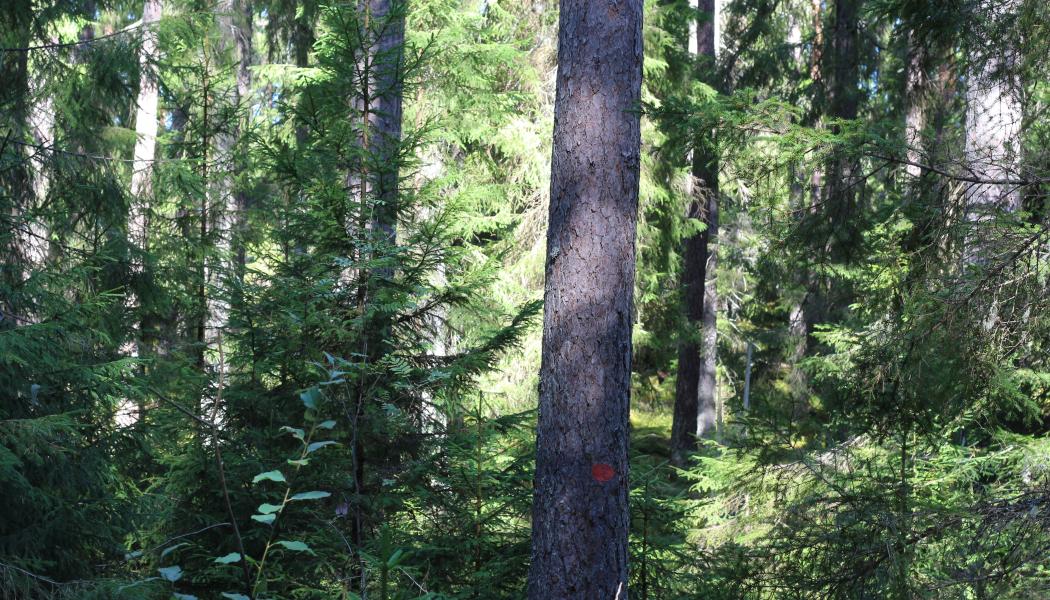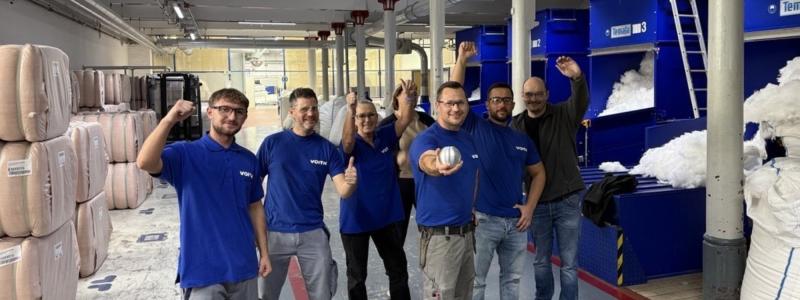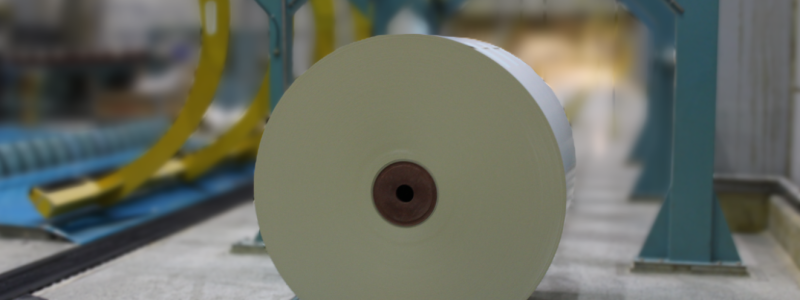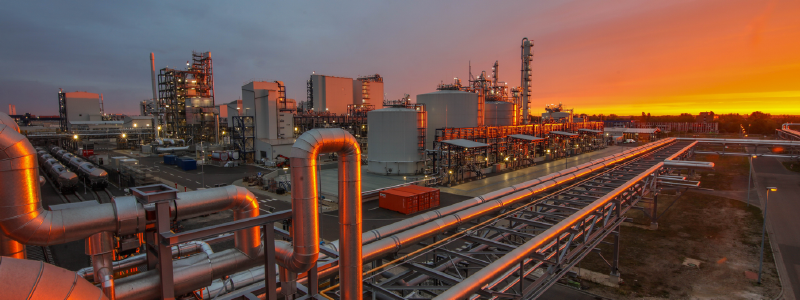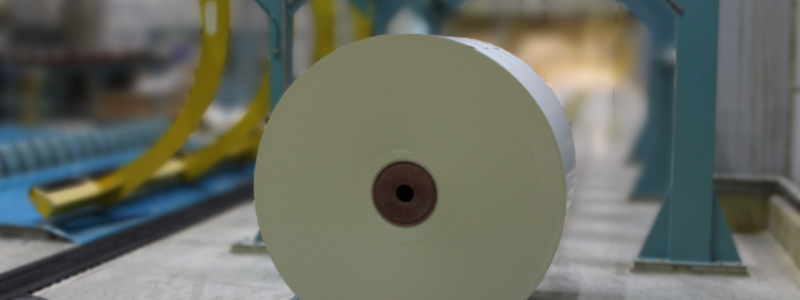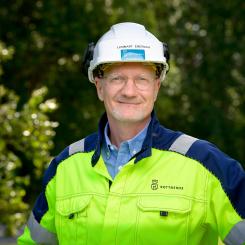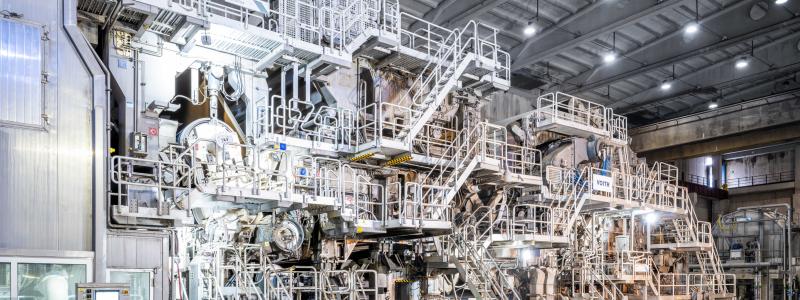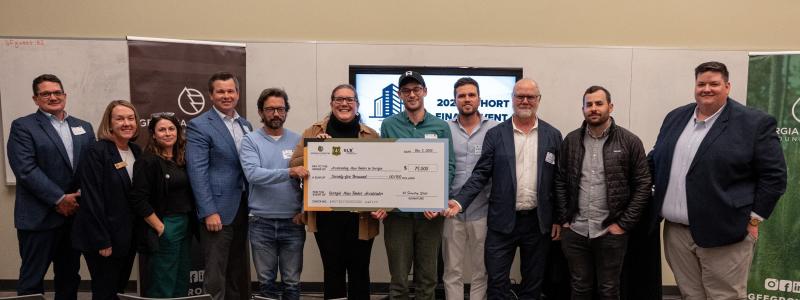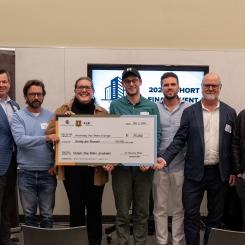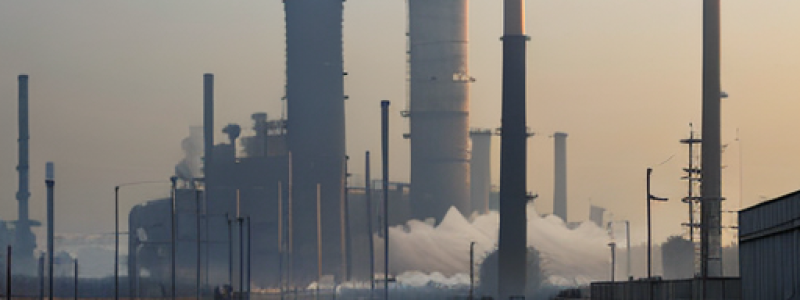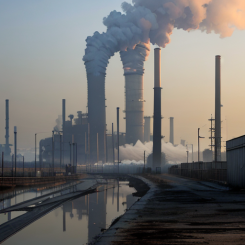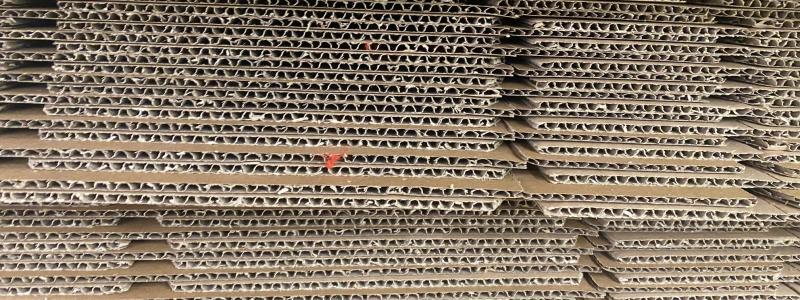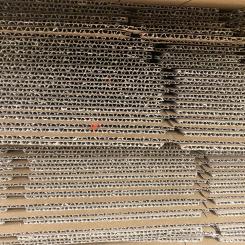The first results of the Natural Resources Institute Finland on the forests of Metsä Group's owner-members demonstrate the need for new initiatives that increase biodiversity. According to indicators, biodiversity in forests has developed both positively and negatively over the past decades.
Based on the results, the number of trees and also deciduous trees has increased significantly. The increase in the number of trees based on native tree species indicates a positive development for their companion species. Increasing the proportion of deciduous trees is an important measure in adapting to climate change and also significant for the health of forests. It is good to regenerate forests into mixed forests using, for example, pine-spruce mixed cultivation, as well as increasing the share of birch through natural regeneration. In addition, it is increasingly important to protect less common deciduous trees in order to safeguard biodiversity.
The increase in the number of trees in peatlands mainly refers to ditches made in the 1960s and 1970s. Ditches have also had an impact on the condition of water bodies, and it is now important to focus on how the state of water bodies can be improved. Improving the protection of water bodies requires cooperation between the entire land use sector at both national and regional level.
The abandonment of retention trees, which began in the 1990s, has increased the amount of sturdy decayed wood. Adding decayed wood and diversifying tree species are key ways to strengthen the status of tree companion species.
The number of old-growth forests has decreased significantly during the review period. The change has weakened the biodiversity of the forest nature in terms of the species of old forests. Some species need old tree specimens wood and long-term undisturbed development. Additional protection of old-growth forests is important, especially in southern Finland, taking property protection into account.
"The results reflect the emphasis on active forest management over the past decades. Changes made since the 1990s towards a more multi-valued use of forests are already reflected in the results. The leaps made over the last couple of years in regenerative forestry are not yet visible in these results, as the inventory has been made in 2019-2023. With our forest management services, we want to ensure that the state of forest nature is strengthened, and we will therefore continue our determined development work together with the owner members,” says Juha Jumppanen, SVP, Metsä Forest.
Monitoring and measuring the impact of forestry is a key part of the implementation of the regenerative forestry strategy. Metsä Group ordered the calculations after setting a regenerative forestry goal to strengthen the state of nature in the forests of its owner members by 2030. In order to monitor the achievement of the goal, information on the current baselines is required. The knowledge base is to be expanded to other habitats as well as key indicator species for them.
The results of the National Forest Inventory 2019–2023 form a key knowledge base. The direction of the development has been clarified by using the results of the 1986–1994 inventory as a reference data. The data has been collected using a network of plots located in the forests of Metsä Group's owner-members. Operation Blueberry is a national forest vegetation survey, the data of which has also been studied from the owner members' forests. The Natural Resources Institute Finland has been responsible for producing these inventories.
"There is a significant and growing willingness to measure the state of nature. There has been a clear increase in our work in this regard. Finland has the necessary information for this, but development is needed. In its roadmap work, the wood processing industry has made development proposals to improve the coverage and reliability of monitoring and to centralize information. This research and development work is central,” says Kari T. Korhonen, Research Manager at the Natural Resources Institute Finland.
”The development of regenerative forestry is a call for collaboration for all stakeholders. It is particularly important to increase collaboration with the multidisciplinary scientific community. The forest industry has a lot of expertise, but it also needs help in this work. Let's genuinely talk to each other and do more together. The measured results provide the best basis for future collaboration,” says Juha Jumppanen.
Source: Metsä




